The allure of big cats lies in their formidable presence and enigmatic behaviors. Known for their majestic appearances and stealthy prowess, big cats are quintessential symbols of power and beauty across cultures. Beyond their iconic status, these magnificent creatures have developed an array of unique adaptations that allow them to thrive in the challenging environments they inhabit. In this article, we will explore 10 lesser-known facts about how big cats master the art of survival in the wild.
1. The Silent Stalkers: Stealth Mode Engaged
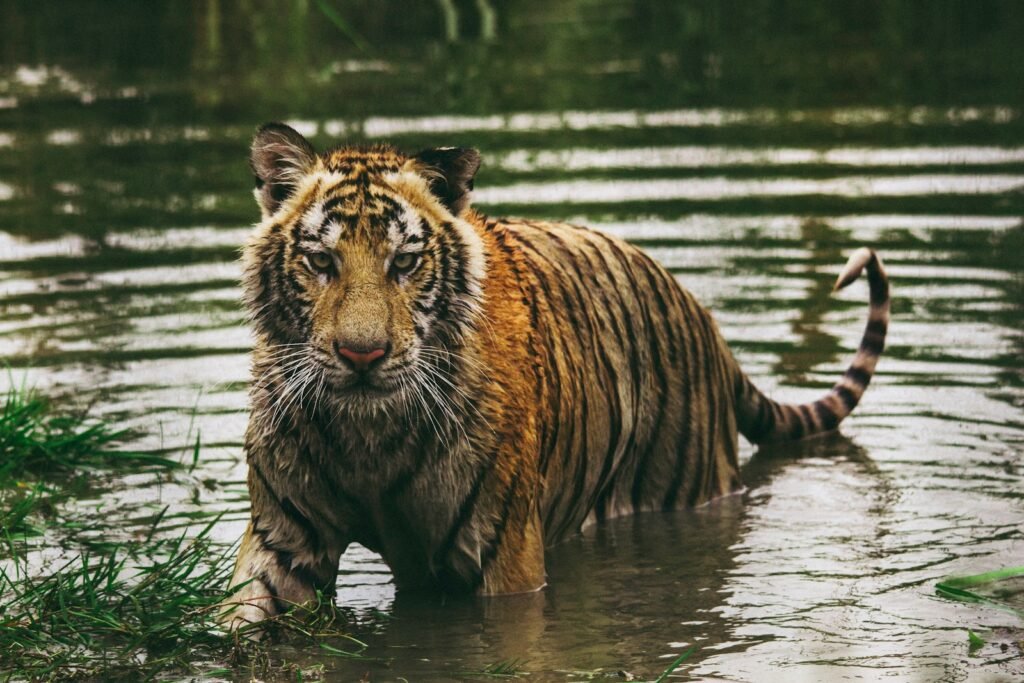
One of the most remarkable survival strategies big cats employ is their ability to move with astounding stealth. Their padded paws play a crucial role in muffling sound while traversing through thick underbrush or across rocky terrains. This adaptation allows them to remain virtually silent as they approach their prey, maximizing the element of surprise. Coupled with their acute sense of hearing and sight, big cats’ stealth ability is a testament to their evolved predatory tactics.
2. Diverse Diets: Adapting to Available Prey
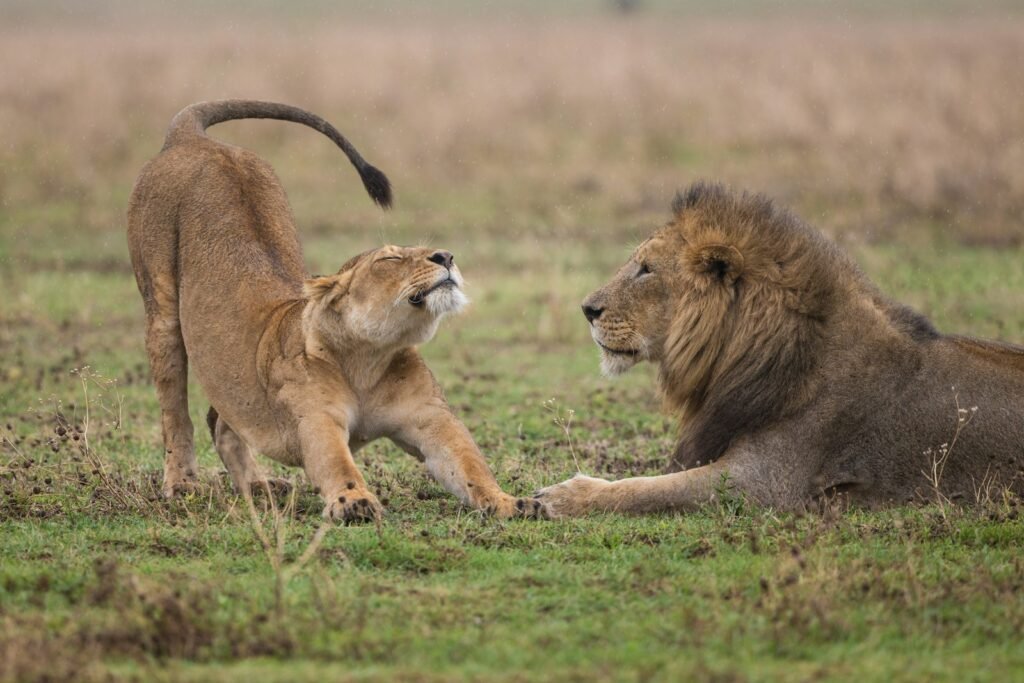
Big cats exhibit incredible dietary flexibility, enabling them to adapt to the availability of prey in their ecosystems. While some, like the cheetah, predominantly hunt smaller ungulates, others, such as tigers, possess the strength to take down larger mammals. In times of scarcity, certain big cats will even resort to scavenging to supplement their diets. This dietary adaptability ensures that big cats can sustain themselves even in fluctuating environmental conditions.
3. Territory Sentinels: Marking Their Domain

Establishing and maintaining territory is vital for big cats’ survival. They use a combination of scent marking, vocalizations, and visual cues to delineate their territories and ward off intruders. By maintaining control over a specific area, big cats can ensure access to sufficient food resources and mating opportunities. This territorial behavior underscores the importance of space and resources in the sprawling realms of the wild.
4. Solitude Masters: Alone but Not Lonely
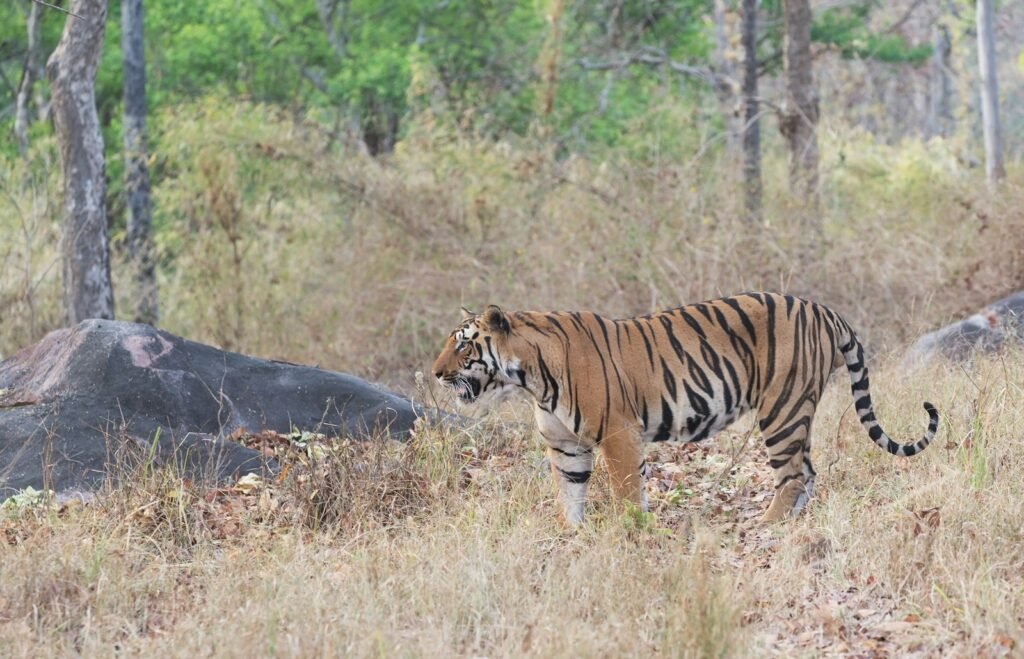
Unlike other social animals, many big cat species are solitary by nature. This solitude allows them to minimize competition for food and space, focusing their energy on hunting and territory management. Solitary lifestyles also result in less risk of disease transmission, a critical aspect for species with lower population densities. While these cats exhibit solitary behavior, they expertly communicate through scent and vocal cues when necessary, such as during mating seasons.
5. Roaring Communication: Vocal Territory Claims

The roars of big cats serve multiple purposes, not only instilling fear but also establishing communication over long distances. A lion’s roar, for instance, can be heard up to five miles away, alerting rival prides of its presence. This powerful vocalization aids in asserting territorial dominance and coordinating with other members of their group. Communication through sound is essential for these solitary creatures in navigating the vast landscapes they call home.
6. Camouflage Kings: Blending into the Wild
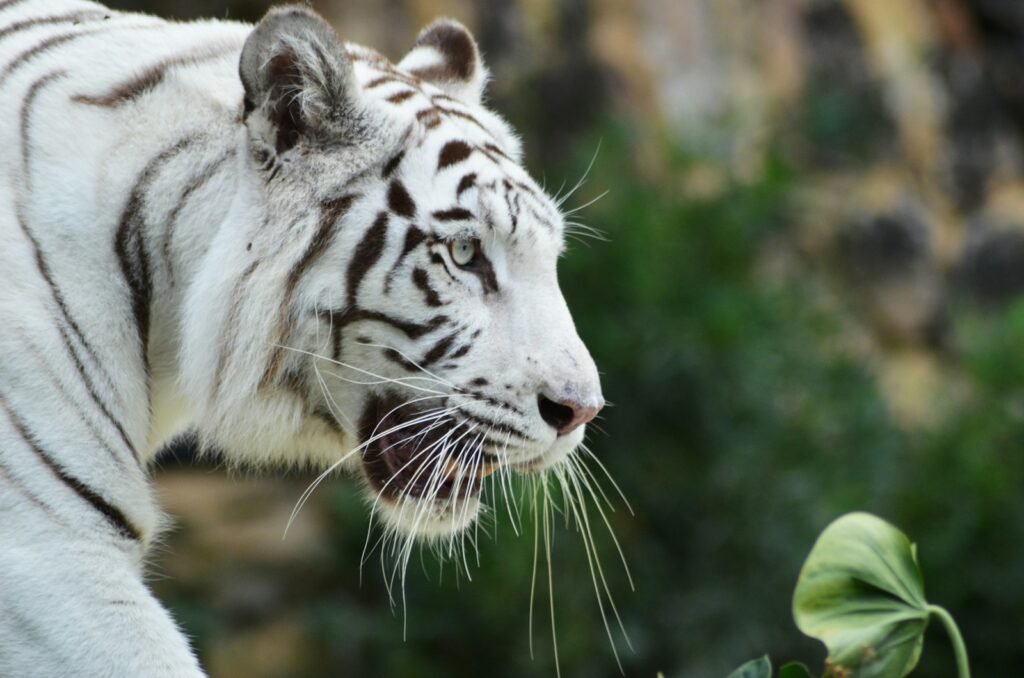
Camouflage is a critical survival tactic for big cats, allowing them to blend into their environments and avoid detection by prey or rivals. The distinct coat patterns, such as the stripes on tigers or the spots on leopards, disrupt their outline against the backdrop of dense foliage or tall grasses. This natural disguise not only aids in stalking prey but also in avoiding confrontations with other predators, conserving energy that is vital in the wild.
7. Agile Athletes: Masters of Quick Pursuits
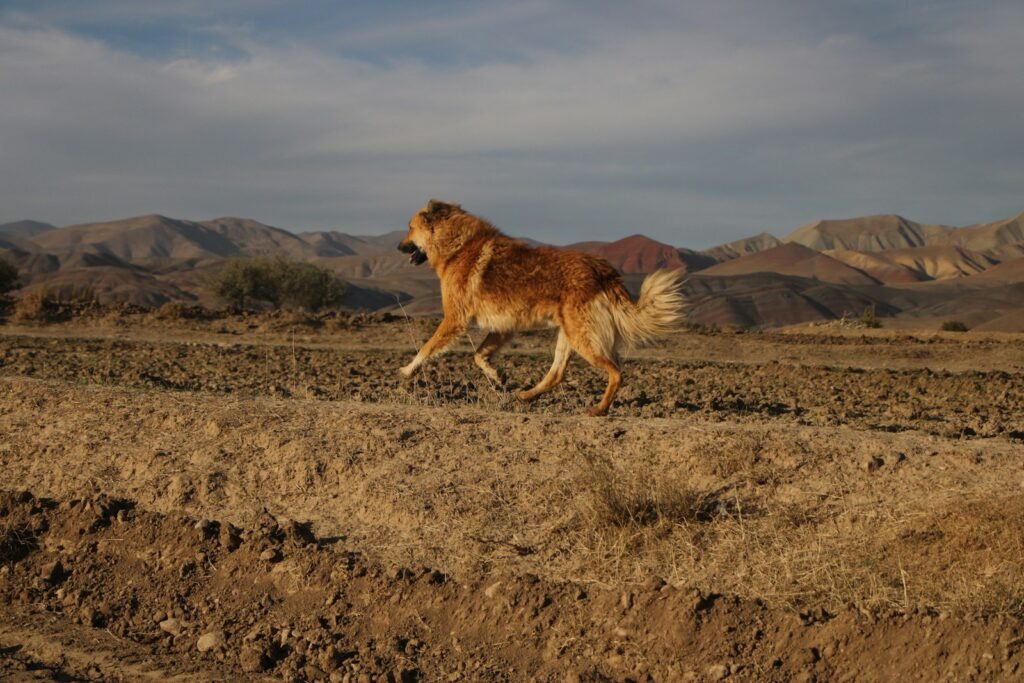
Remarkable agility and speed are hallmarks of big cats’ hunting prowess. The cheetah, for example, holds the title of the fastest land animal, capable of reaching speeds of up to 60-70 mph in short bursts to catch agile prey. Meanwhile, leopards showcase their athleticism by swiftly ascending trees, securing their meals out of reach from other scavengers. This physical dexterity is crucial for their survival, allowing big cats to outpace, outmaneuver, and outsmart their prey.
8. Nocturnal Hunters: Embracing the Night
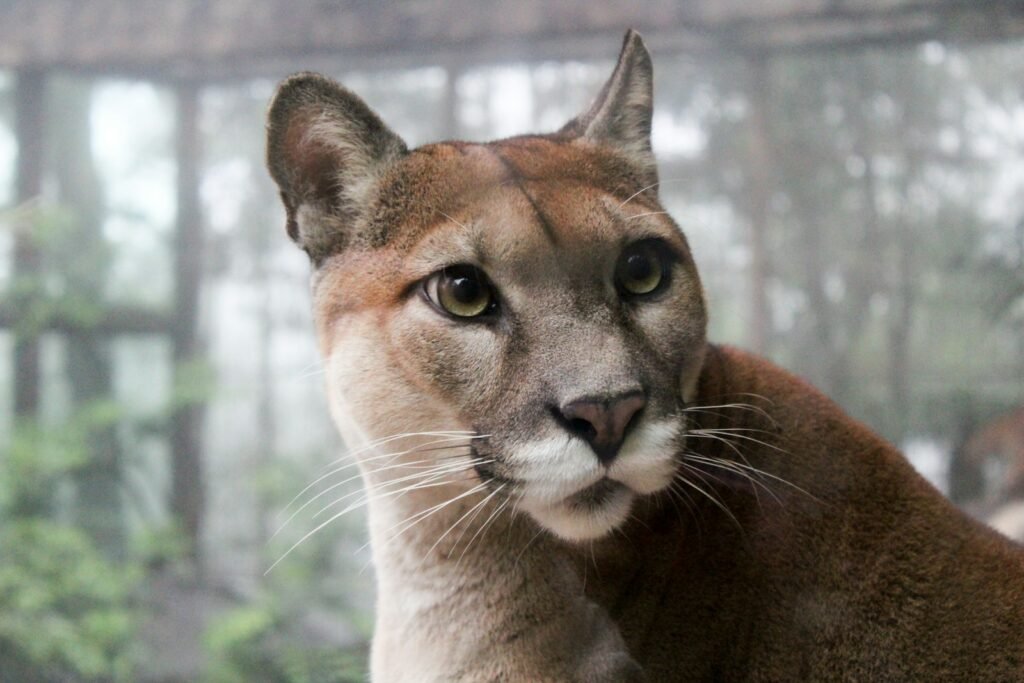
Big cats possess exceptional night vision, enabling them to hunt effectively under the cover of darkness. Their eyes have a higher number of rod cells, which enhance their ability to see in low light conditions. This nocturnal proficiency not only reduces competition with diurnal predators but also provides a sneaky advantage over unsuspecting nocturnal prey. By optimizing their sensory adaptations to the night, big cats leverage the natural cycles to thrive.
9. Social Structures: The Role of Prides and Coalitions
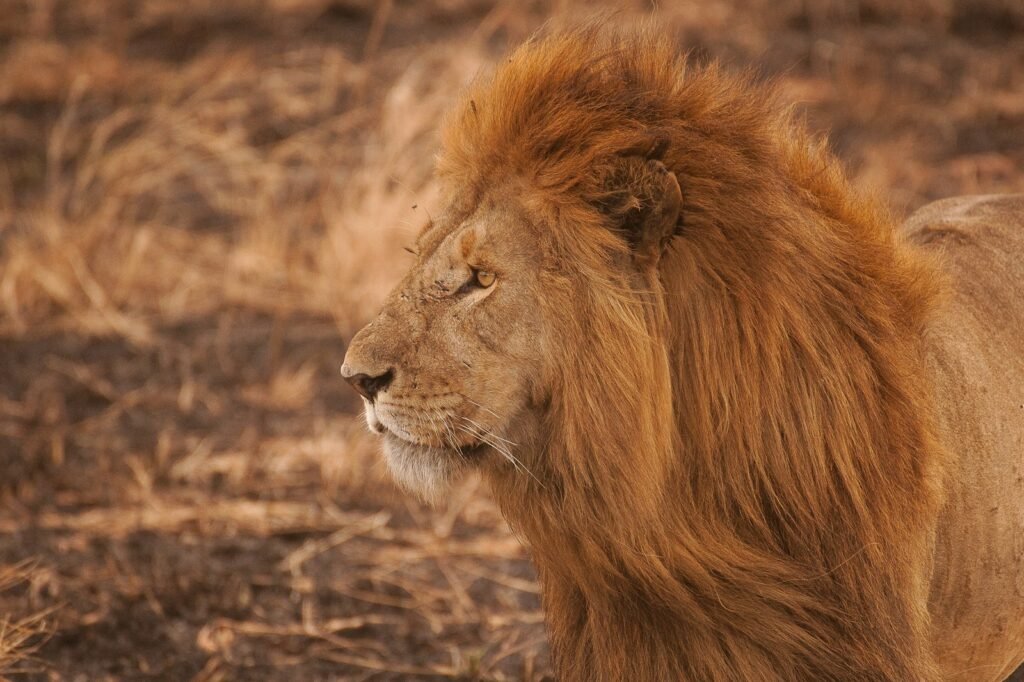
While most big cats are solitary, there are exceptions, such as the social structures of lions. Living in prides or coalitions, these groups provide multiple benefits, including cooperative hunting, shared parenting responsibilities, and collective defense. This social strategy enhances the survival and success of the group members, highlighting the intricate balance between individuality and cooperation in the animal kingdom.
10. Adaptive Fat Storage: Surviving Lean Times
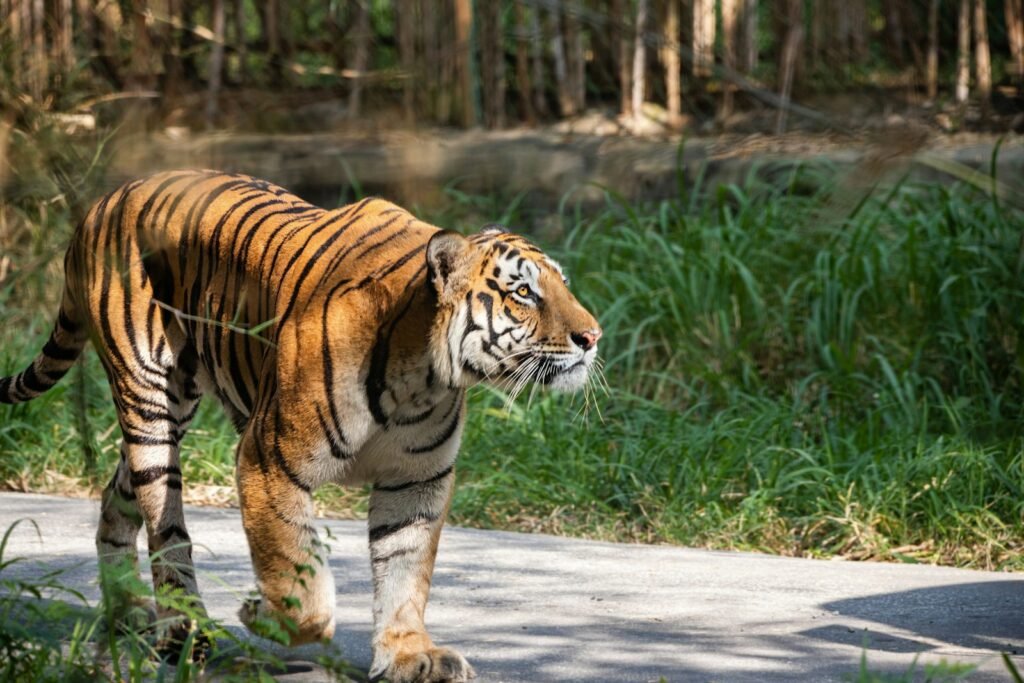
In some environments, food scarcity can be a periodic challenge that big cats must overcome. To counteract this, species like the snow leopard are capable of storing fat within their bodies to sustain them during periods of low food availability. This metabolic adaptation allows them to withstand harsh and changing climates, ensuring survival even when immediate hunting opportunities are limited.
In conclusion, the survival of big cats in the wild is a multifaceted narrative filled with remarkable adaptations. From their stealth and speed to their social and territorial behaviors, these majestic creatures have fine-tuned an array of strategies to endure in diverse and often harsh environments. Understanding these adaptations not only deepens our appreciation for big cats but also underscores the vital importance of conserving the ecosystems they rely on. As guardians of their realms, big cats remain triumphant symbols of the wild, mastering the art of survival with grace and power.






